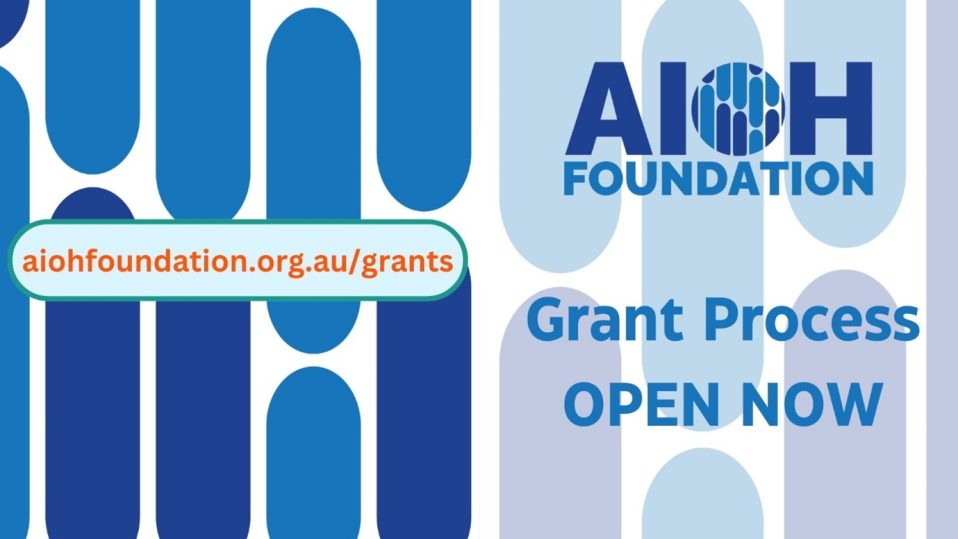-

University of Wollongong (2020)

At the virtual presentation, Andrew Bennett (Chair), Philip Hibbs (Director) and Mrs Jane Whitelaw, Dr Jennifer Hines and Ms Linda Apthorpe.
The Bushfires during the Summer of 2019/20 highlighted the lack of an appropriate respiratory protection program for Rural Fire Service (RFS) firefighters. In July, the NSW RFS released a tender document for the provision of respiratory protective equipment (RPE), with half face P2 respirators required for most frontline operations. However, the efficacy of P2, or other RPE used as the main exposure control measure for RFS volunteers against bushfire emissions containing highly toxic and carcinogenic substances such as PAH’s and nanoparticles, has not been evaluated. Previous studies by The University of Wollongong have demonstrated the poor performance of some commonly used RPE against other thermally generated particles. This AIOH Foundation Grant will enable extension of this work to evaluate efficacy of RPE against bushfire emissions. Respirator filtration efficiency will be evaluated for inhalable particulates, PAH’s and nanoparticles. The findings of this study will inform the RFS and volunteers of the limitations in selection of respiratory protection to control exposure to bushfire emissions and enable better management of the health risk for RFS personnel. It will also contribute to manufacturers’ knowledge in the design and selection of respirator filters for use against bushfire emissions and the protection of human health, and will assist firefighters in the selection of fit-for-purpose respiratory protection.







